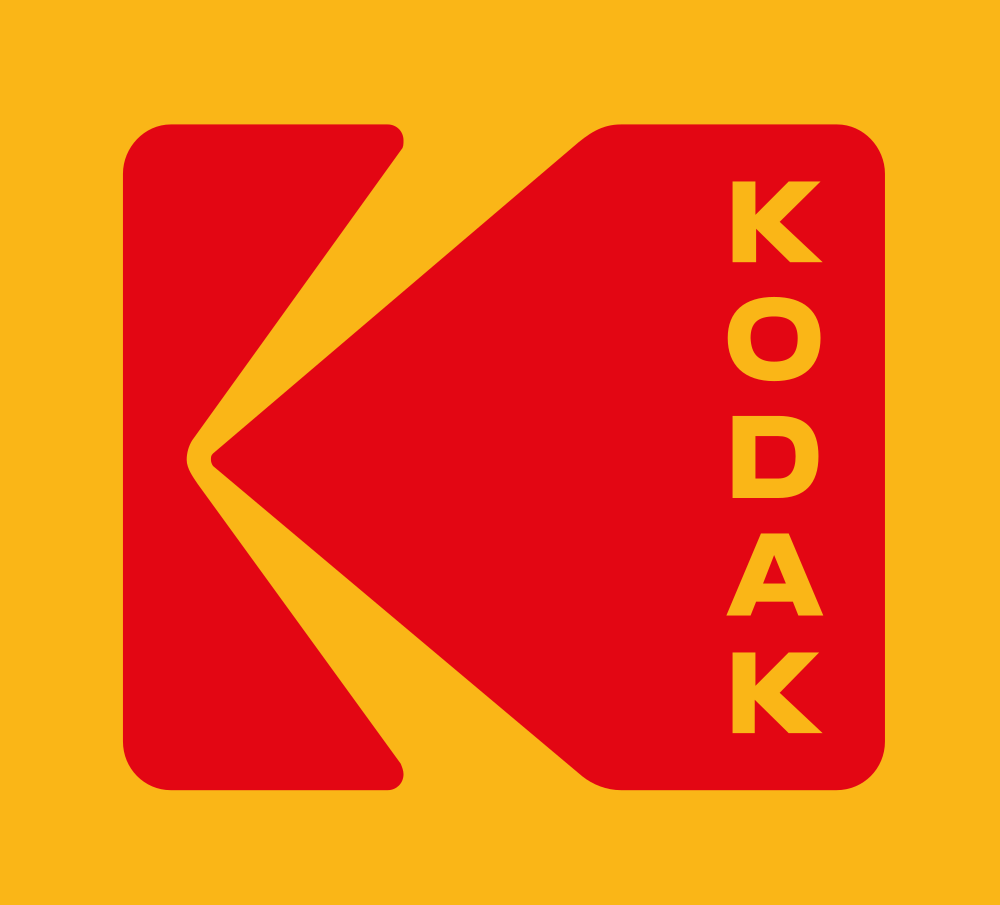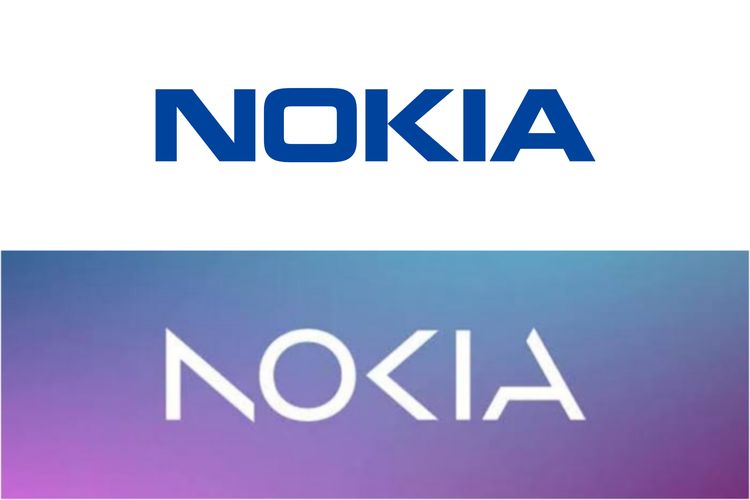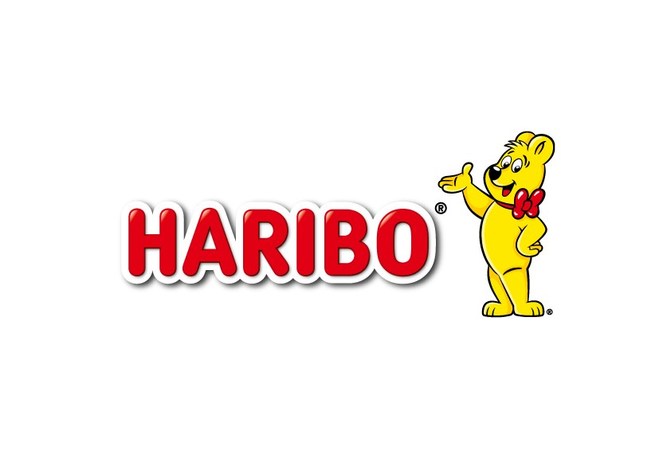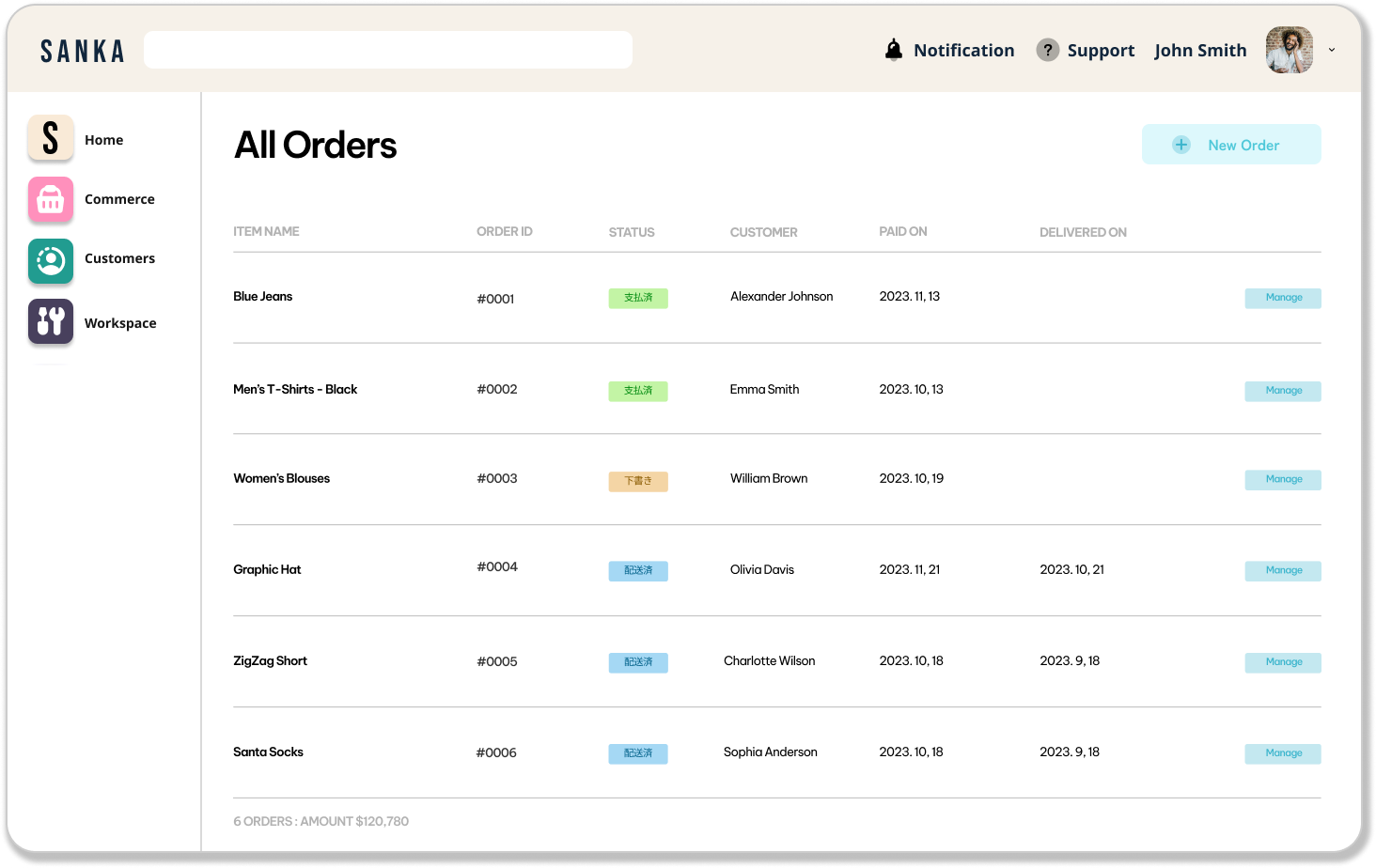Introduction
Digital transformation has become a critical component in ensuring businesses stay ahead of the competition; however, the journey to successful digital transformation is not without its challenges.
While some organizations have tasted success, others have faced significant failure despite investing heavily in digital initiatives.
Some companies, like Kodak, Nokia, Hershey's, Blockbuster, Haribo, Revlon, and Ford, launched ambitious digital undertakings that unfortunately failed, offering important lessons for other businesses.
In this blog post, we will delve into digital transformation case studies and examples that encountered failure, analyzing why they failed, the lessons we can glean from them, and how companies can navigate through obstacles in their transformation journeys.
Kodak’s Hesitation to Embrace the Digital Age

Eastman Kodak, informally known as Kodak, was once considered an untouchable leader in the world of film photography.
Kodak was one of the first companies to develop a digital camera – as early as 1975. However, rather than capitalizing on this groundbreaking invention, Kodak chose to suppress it, fearing it would cannibalize their existing film-based business.
This critical strategic error marks the beginning of Kodak's struggle with digital transformation.
Why Did Kodak's Digital Transformation Fail?
- Fear of Cannibalizing Existing Business: Kodak established its dominance in photography with film and, at one point, enjoyed a substantial share of the film and camera market. Management feared that if they pushed digital photography, it would kill their film business. Their love for high-margin film products and complacency in protecting this revenue stream prevented them from embracing digital technology wholeheartedly.
- Misreading Market Trends: Despite their initial innovative breakthrough, Kodak failed to anticipate the rapid rise and consumer adoption of digital photography and later, smartphones' imaging capabilities. Their failure to spot the transformational shift from print to digital meant they underinvested in digital technologies and overinvested in traditional photographic film.
- Lack of Strategic Reorientation: As the company ventured into the digital realm, there was a lack of a coherent and well-defined strategic vision. The digital business required a different business model - more reliant on printers, software, and services. However, Kodak tried to implement its film-era strategy into its digital business, which didn't align with digital market dynamics.
- Failed Execution and Delayed Response: Kodak’s recognition of the need for transformation came too late. When they did attempt to venture into digital, their execution was poor. They made a costly acquisition of a pharmaceutical company (Sterling Drugs) that did not align with its core competency, and efforts such as getting into printers came in too late when competitors had already established their market leadership.
Lessons Learned
- Adapt and embrace disruptive changes in the industry landscape.
- Adjust the business model to align with technological evolutions.
- Identify and act upon changes in customer behavior and preferences.
Nokia's Strategic Misalignment

Once a global leader in mobile phones, Nokia surrendered its dominance due to several strategic errors in its digital transformation approach.
In the early 2000s, Nokia was the undisputed leader in the mobile phone industry. However, 2007 marked a turning point for the company due to a seismic shift in the mobile phone business.
This was driven by the launch of the first iPhone, which introduced the concept of a feature-rich smartphone instead of a primary communication device.
Nokia had problems realizing the impact of software and user experience on phone sales. They relied heavily on their hardware superiority, overlooking Apple's emphasis on superior software.
Why Did Nokia's Digital Transformation Fail?
- Complacency and Misreading the Market: Nokia had a deep-rooted belief in its hardware dominance and complacency towards its market leadership, which led to the company disregarding the impact of software innovation on the phone industry. Nokia failed to foresee the shifting preferences of the customers who were increasingly gravitating towards a seamless user experience and comprehensive ecosystems offered by companies like Apple and Google.
- Lack of Strategic Vision: Nokia lacked a clear and focused strategic vision when it came to digital transformation. It was torn between maintaining its dominance in the basic phone segment and vying for a stronghold in the smartphone market, thus splitting the company's focus and resources.
- Lack of Investment in Key Technologies: Neglecting the importance of software and user experience was a critical misstep for Nokia. While players like Apple and Android were investing heavily in creating intuitive operating systems and a rich app ecosystem, Nokia failed to give due attention to their software capabilities, outranked by the iOS and Android platforms.
- Misaligned Collaborations and Delayed Decisions: In 2011, Nokia decided to adopt Microsoft's Windows Phone OS to match up with iOS and Android. But the collaboration proved late and unsuccessful. The closed nature of the Windows OS, coupled with the lack of a thriving app ecosystem, could not compete with Android or iOS.
Lessons Learned
- Understand the evolving needs and behaviors of customers.
- Prioritize software investments and user experience.
- Speed and quality of decision-making
- Create a comprehensive, user-focused ecosystem
Hershey's ERP Failure

To streamline operations and increase efficiency, Hershey's began an ambitious digital transformation journey involving the implementation of a comprehensive ERP system.
The plan entailed replacing its legacy IT system with a seamless, integrated ERP system from SAP AG, Siebel CRM, and Manugistics for supply chain and logistics.
The goal was to integrate order processing, inventory management, and delivery into a single operational platform.
But, the implementation in 1999 resulted in a massive 19% drop in their quarterly profits.
Why Did Hershey's Digital Transformation Fail?
- Over-Ambitious Timeline: Hershey's aimed to implement a complex ERP system within a significantly short period -- just 30 months. While aiming for speedy implementation is understandable, setting unrealistic timelines for an extensive transformation process can result in a lack of testing, poor training, and many unresolved system bugs and issues.
- Poor Timing of the Rollout: Hershey's decided to roll out the new system in Q3, just before the Halloween season when demand for their products soars. Because the implementation coincided with a crucial business period, resolving system glitches ended up delaying deliveries, leading to a sharp drop in sales.
- Simultaneous Implementation: Instead of implementing new systems gradually, Hershey's attempted to put the entire ERP system in place at the same time. Simultaneous implementation left staff overwhelmed, leading to a poor understanding of the system and compounding delivery problems.
- Lack of Employee Training: Hershey's tightly squeezed timeline did not allow for comprehensive staff training, causing widespread confusion and lack of familiarity with the new system, which had a direct impact on the efficiency of operations and order fulfillment.
Lessons Learned
- Implement new systems gradually to allow time for troubleshooting and staff adaptation.
- Employee training and change management are critical for a successful transformation.
- Consider business cycles
Blockbuster’s Complacency in the Face of Innovation

As DVD-by-mail and streaming services like Netflix and Redbox started disrupting the video rental market, Blockbuster, in an attempt to catch up, introduced its online DVD rental service.
In 2004, they launched Blockbuster Online, which was very similar to Netflix's DVD-by-mail service. Later, they also introduced a streaming service in 2010.
Despite their reactive attempt at digital transformation, Blockbuster could not compete with industry disruptors and eventually declared bankruptcy in 2010.
Why Did Blockbuster's Digital Transformation Fail?
- Late Response to Industry Disruption: While companies like Netflix were early to envision the potential of internet-based movie rental and streaming services, Blockbuster was slow to react to these disruptive changes. They launched their online rental service only after Netflix had firmly established their presence.
- Attachment to Old Business Model: Blockbuster was deeply rooted in its successful brick-and-mortar store model and was reluctant to let go of the substantial revenues and late fees from its physical stores. This attachment to the old model delayed their whole-hearted embrace of online services.
- Lack of Customer Centricity: Companies like Netflix were rapidly gaining popularity and market share due to their customer-centric approaches including creating a seamless rental experience, no late fees, and the convenience of not having to leave home. On the other hand, Blockbuster's late fees and less user-friendly model continued, causing dissatisfaction among customers.
- Insufficient Innovation in Digital Space: Blockbuster's entrance into the digital space was largely reactive and lacked significant differentiation, innovation, or superior value proposition compared to Netflix or other similar companies. A lack of investment and emphasis on technology improvement hampered their chances to match the competition effectively.
Lessons Learned
- Stay alert to potential disruptions and changing customer behaviors.
- Embrace new technologies and business models that align with future trends.
- Focus on customer-centric approach
Haribo's Supply Chain Automation Error

Haribo, the well-known producer of gummy candies and snacks, furnishes a valuable lesson in the significance of strategic planning, stark communication and effective management when implementing digital transformation initiatives that shape the future of businesses.
In 2018, Haribo embarked on an ambitious digital transformation project – an ERP system implementation to improve its supply chain process efficiency.
It sought a modern, integrated system that would provide them with better control over their entire supply chain process.
But, Haribo’s attempt failed due to inadequate planning and employee confusion which led to serious disruptions in production, resulting in long-term consequences for the company.
Why Did Haribo's Digital Transformation Fail?
- Absence of Skilled Workforce: The implementation of an advanced ERP system requires personnel with deep technical knowledge and expertise. Haribo experienced difficulties managing the SAP software, which hindered its ability to address complications swiftly and minimize disruptions efficiently.
- Improper Change Management Strategy: Effective change management is essential when implementing complex and large-scale systems that involve mission-critical operations such as an ERP system. Haribo's lack of a robust change management approach resulted in poor communication and confusion among employees.
- Insufficient Testing and Troubleshooting: A smooth ERP system rollout demands rigorous testing and troubleshooting to identify potential issues and address concerns before implementing it on a broader scale. Haribo's digital transformation shortcomings lay in inadequate testing and prompt resolution of the identified problems before the system went live.
- Slow Response to Problems: As operational disruptions unfolded across Haribo's operations network, the company was slow to respond and rectify the arising complications. This lack of agility hampered both damage control and customer confidence, rendering severe and lasting repercussions for Haribo.
Lessons Learned
- Prioritize detailed planning, change management, and employee comprehension in transformation projects.
- Adequate testing of new systems is essential before full-scale deployment.
Revlon's ERP Mishap

Revlon's digital transformation missteps exemplify how poorly executed technology initiatives could have devastating effects on a business.
As a leading cosmetics company, Revlon unfortunately experienced losses of up to $64 million due to a failed implementation of an ERP system.
To improve its efficiency and consolidate its back-office operations, Revlon planned an ambitious digital transformation.
The strategy involved implementing an SAP-based ERP system that would integrate Revlon's core enterprise processes—such as manufacturing, supply chain, finance, and human resources—into a single, unified platform.
Revlon failed to adequately test its new ERP system, causing shipment delays and eventual customer loss. In addition, they neglected to provide sufficient staff training.
Why Did Revlon's Digital Transformation Fail?
- Inadequate Planning and Project Management: An essential aspect of a successful digital transformation project is to have comprehensive project management, detailed planning, and defined milestones. Revlon's ERP implementation suffered as a result of poorly planned project management, leading to issues in coordinating resources, communication gaps, and unexpected challenges.
- Insufficient Testing and Quality Control Before deploying an ERP system on a large scale, businesses must conduct rigorous testing to identify and fix potential issues, along with appropriate quality control measures. Revlon's digital transformation failed due to a lack of exhaustive testing and quality checks. Consequently, the ERP system did not function as expected, impacting the company's ability to perform essential business functions.
- Poor Employee Training and Support Effective employee training is crucial for the successful integration of any large-scale technology implementation. Inadequate training and preparation for Revlon's staff led to confusion and inefficiency when it came to utilizing the new system.
- Disruption of Supply Chain and Operation Cycles The ERP implementation issues at Revlon led to significant disruption in their supply chain and daily operations. This resulted in the company being unable to adequately fulfill customer orders and experiencing substantial delays in delivering products to clients and retailers.
Lessons Learned
- Prepare comprehensive project management, detailed planning, and establishing clear milestones.
- Extensive testing must be carried out before turning systems live.
- Adequate staff training is critical for successful transformation.
Ford's Ambitious Transformation Failure

Ford Motor Co. attempted an extensive digital transformation in the early 2000s but faced significant issues.
The strategy involved implementing new software and productivity tools, optimizing legacy systems, and exploiting analytics and data-driven insights to improve business processes and customer experiences.
Ford aimed to transform their entire supply chain at once, but their endeavor was too ambitious, considering their size and the complexity of their operations, leading to substantial failure.
Why Did Ford's Digital Transformation Fail?
- Resistance to Cultural Change: A significant barrier to Ford's digital transformation was internal resistance. The shift from traditional automotive manufacturing to a mobility-focused approach required a cultural shift in-line with the company’s new digital vision. However, the deep-rooted manufacturing culture at Ford resisted these changes.
- Lack of a Clear Strategy: While Ford's move toward digital mobility was noble, it lacked a clear, well-defined strategy to achieve this objective. Without a solid plan, resources were misdirected, and it became increasingly challenging for Ford to navigate the ambitious transformation journey smoothly.
- Ineffective Execution: While the vision of becoming a leading mobility company was in place, Ford suffered setbacks due to ineffective strategic execution. This was, in part, due to underestimating the complexities of the transition from traditional auto manufacturing to digital integration and mobility services.
- Fierce Competition Ford’s transition happened at a time when competition in both the auto manufacturing and mobility sectors was intense, with new entrants like Tesla disrupting the market and companies like Uber and Lyft dominating the mobility service industry. Ford fell behind in differentiating itself and gaining a competitive advantage in the digitally transformed landscape.
Lessons Learned
- Implement changes in smaller, manageable stages instead of undertaking a large-scale transformation at once.
- Clearly understand the operational complexities before initiating drastic changes.
- Anticipate competition and continuously innovate
Conclusion
Digital transformation is a complex, demanding process fraught with challenges but also brimming with opportunities for improved efficiency, increased competitiveness, and business innovation.
The digital transformation failures of Haribo, Revlon, and Ford serve as potent insights into the pitfalls awaiting unknowing organizations.
Nonetheless, these stories, far from discouraging, offer guidance and valuable lessons for companies embarking on their digital transformation journey.
By understanding and learning from these failures, businesses can navigate common pitfalls, strategize effectively, prioritize cultural adaptability, commit resources where necessary, stress lockstep execution, and be more attuned to the nuances of their respective industries.
With prudent planning, resourcefulness, resilience, and agility, companies can leverage digital transformation to carve success stories in our digitally connected world.








